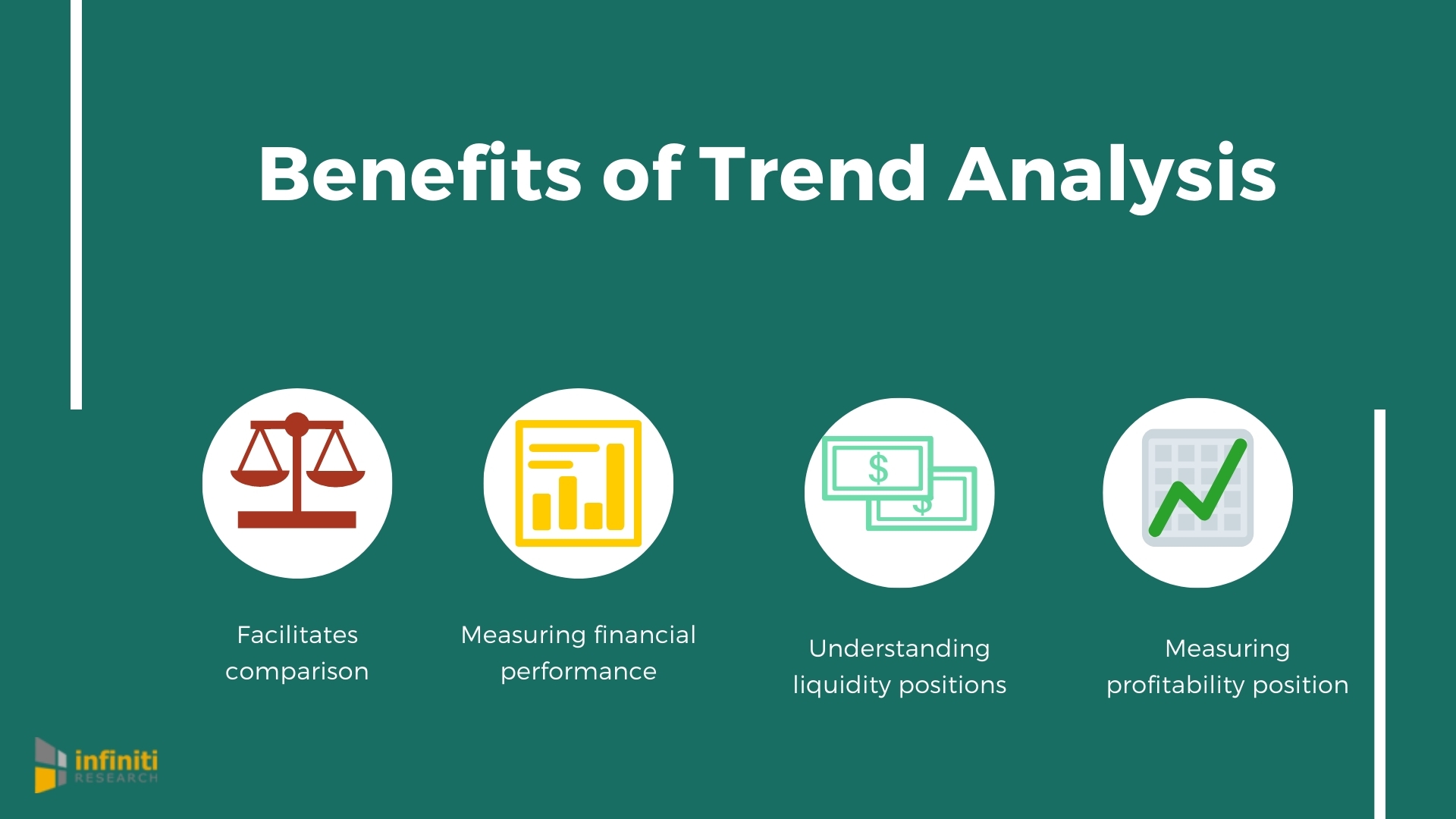The fashion industry is renowned for its dynamism and ever-changing nature. To thrive in this highly competitive sector, fashion brands must have their fingers on the pulse of emerging trends and consumer preferences. This is where trend analysis comes into play. Trend analysis is the process of studying and predicting the shifts in fashion styles, colors, materials, and consumer behavior. In this article, we will delve into the power of trend analysis in the fashion industry and explore how it influences design, marketing, and overall success.
The Basics of Trend Analysis
Trend analysis in the fashion industry involves examining historical data, consumer behavior, cultural influences, and market dynamics to forecast future fashion trends. This process is not limited to predicting what clothing items will be in vogue but also includes anticipating changes in design aesthetics, sustainability, and the use of technology in fashion.
Why Trend Analysis Matters
- Consumer Demand: Fashion brands rely on trend analysis to understand what consumers want. By staying ahead of the curve, brands can meet customer expectations and drive sales.
- Competitive Advantage: Brands that are quick to adopt and adapt to emerging trends gain a competitive edge in the market. This can lead to increased market share and brand loyalty.
- Innovation: Trend analysis fuels innovation in fashion. Designers use trend insights to create unique and appealing collections that resonate with consumers.
- Risk Mitigation: Understanding trends allows brands to make informed decisions about inventory, production, and marketing, reducing the risk of unsold stock.
Key Components of Trend Analysis
- Market Research: Trend analysts conduct extensive market research to identify emerging consumer preferences, lifestyle changes, and cultural shifts that may influence fashion choices.
- Color and Material Analysis: The selection of colors and materials is a critical aspect of trend analysis. Analysts predict which colors will be popular in upcoming seasons and which materials will be in demand.
- Runway Shows and Fashion Weeks: Trend analysis often begins with the observation of fashion runway shows and major fashion weeks in cities like Paris, Milan, London, and New York. These events showcase the latest designs and provide early insights into upcoming trends.
- Consumer Behavior: Social media, online shopping data, and consumer reviews are valuable sources of information. Analyzing how consumers engage with fashion brands and products provides insights into trends.
- Cultural Influences: Fashion is heavily influenced by culture, art, music, and societal changes. Trend analysts keep a close eye on these cultural shifts to anticipate fashion trends.
The Impact on Design
Trend analysis plays a pivotal role in the design process. Fashion designers and creative teams use trend insights to develop collections that align with consumer preferences. Here’s how trend analysis influences design:
- Inspiration: Trend reports serve as sources of inspiration for designers. They help in brainstorming design concepts, color palettes, and materials.
- Adaptation: Designers adapt their creative vision based on trend forecasts. They ensure that their collections are not only aesthetically appealing but also in line with what consumers desire.
- Innovation: Trend analysis encourages designers to push the boundaries of creativity. It leads to the exploration of new silhouettes, fabric combinations, and design techniques.
- Sustainability: Increasingly, trend analysis includes a focus on sustainability. Designers incorporate eco-friendly materials and practices into their collections to align with the growing demand for sustainable fashion.
The Role in Marketing and Retail
Trend analysis extends beyond the design studio and influences marketing strategies and retail operations:
- Marketing Campaigns: Brands use trend insights to tailor marketing campaigns that resonate with consumers. This includes the use of trending colors, themes, and styles in advertising.
- Visual Merchandising: Retail stores and online platforms use trend analysis to create visually appealing displays and layouts that showcase the latest collections.
- Pricing Strategies: Brands adjust pricing strategies based on trend analysis. High-demand items may be priced higher, while clearance sales may be used to move out-of-season inventory.
- Inventory Management: Trend analysis helps brands manage inventory effectively. By predicting which items will be popular, brands can order the right quantities to meet demand without overstocking.
Technology and Trend Analysis
Advancements in technology have transformed trend analysis in the fashion industry:
- Big Data and AI: Fashion brands use big data and artificial intelligence to analyze vast amounts of consumer data. AI algorithms can identify patterns in consumer behavior and preferences.
- Virtual Reality (VR) and Augmented Reality (AR): VR and AR are used to create immersive shopping experiences. Consumers can virtually try on clothes or visualize how items will look in their homes.
- Sustainable Tech: Fashion tech innovations include sustainable materials, 3D printing, and digital design tools that reduce waste and promote sustainable practices.
The Future of Trend Analysis
The fashion industry continues to evolve, and so does trend analysis:
- Personalization: Trends are becoming increasingly personalized. Brands use data to offer tailored recommendations and customized products to individual consumers.
- Sustainability: Sustainability will remain a key focus of trend analysis. Brands will continue to prioritize eco-friendly materials and transparent supply chains.
- Global Influence: With the rise of social media and global connectivity, trends now spread faster and across borders. Fashion brands must consider global influences in their trend analysis.
Conclusion
Trend analysis is the compass that guides the fashion industry through its ever-changing landscape. From the design studio to the retail floor, trend insights inform decisions that drive innovation, consumer engagement, and business success. In a world where fashion trends can change overnight, trend analysis remains a powerful tool that ensures fashion brands stay relevant and appealing to consumers.

